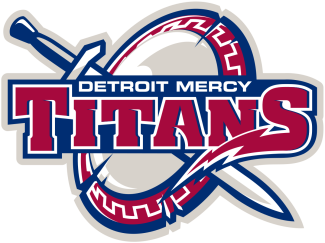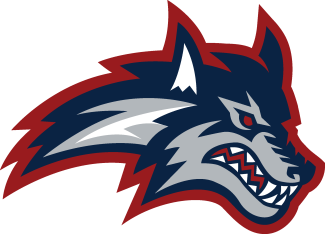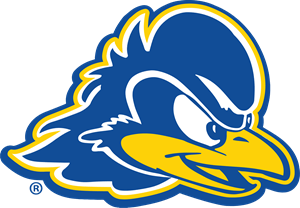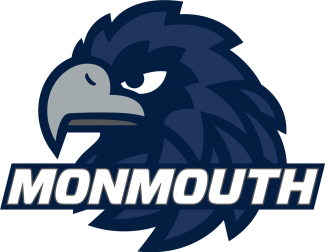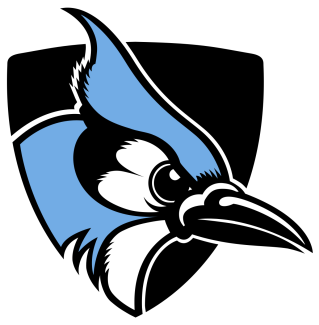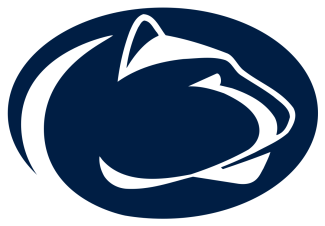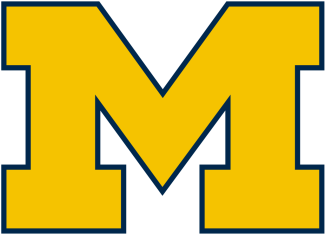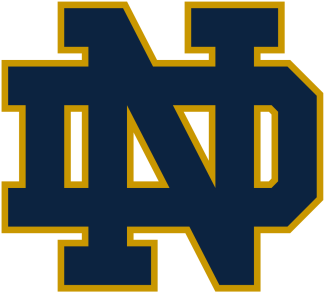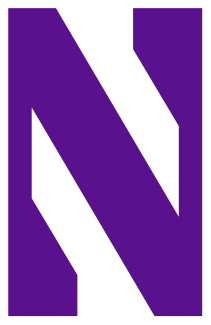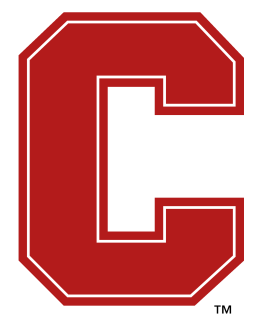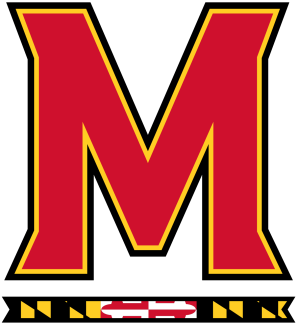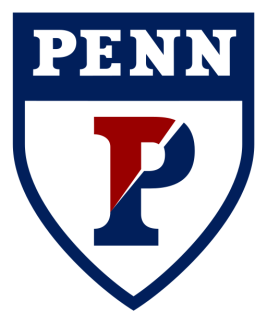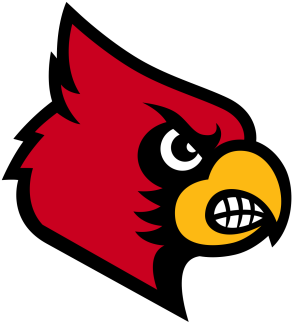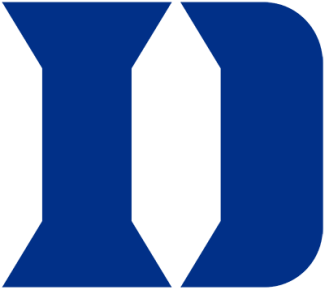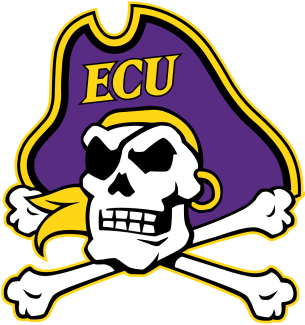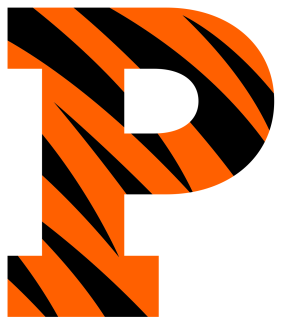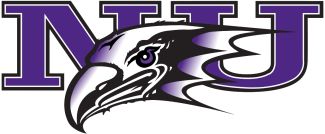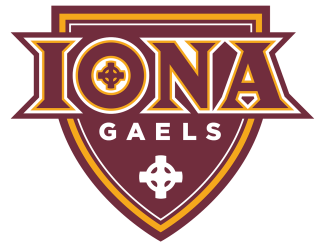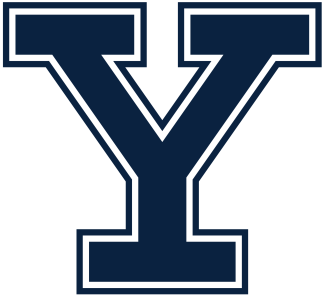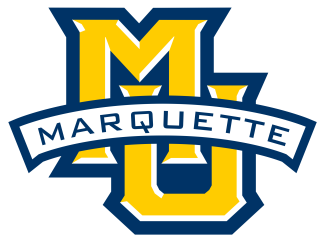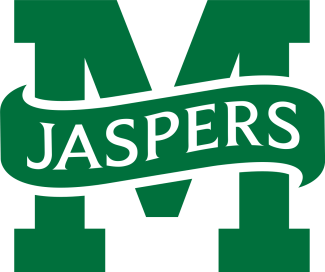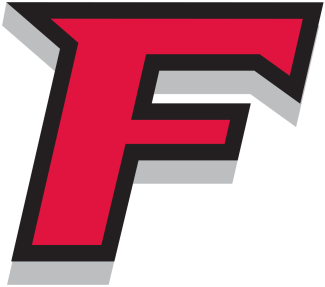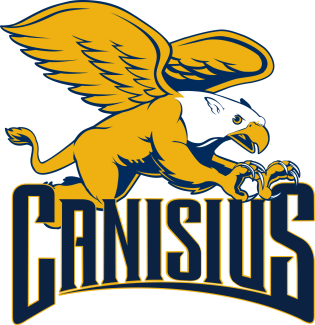For the next two years, Mastroianni set her sights on playing lacrosse for North Carolina. She hit the wall every single day. She asked her friends to practice around the neighborhood. She asked for a trip to a North Carolina summer camp for Christmas before her freshman year of high school.
By the time Levy had Mastroianni on her radar entering that freshman year, she didn’t have to pitch the benefits of her program.
“When we were recruiting her class, she came in and on her visit, she committed right away,” Levy said. “She was one of those kids where we were like, ‘Yep. Thank you for coming down.’ We liked her, and she’s like, ‘Yeah, I’m ready to go. I’d like to be a Tar Heel.’ Not everyone’s that easy.”
In the next three years, Mastroianni proved what those around her had already believed, pouring in 561 points and helping lead Bridgewater-Raritan to its first Tournament of Champions title in 2017.
As she entered her freshman year at Chapel Hill, she had already accomplished one of her dreams. Still, she knew there was plenty left to do, and an entire college career in which she could develop. She dropped 14 goals during her freshman season, but by May, the biggest challenge of her career was upon her.
Mastroianni had no idea the extent to which she had damaged her hamstring when the initial injury occurred. In the final regular-season game of 2018, she dodged and fired off a shot but felt a sensation “like a braided rope breaking” in her upper right leg. She continued to play, but she didn’t feel like herself.
After a week of rehabbing and pain management, Mastroianni tried to give it a go in the ACC semifinals against Syracuse, but once she started cutting aggressively again, the pain returned.
“It just felt like something yanked down my leg,” she said.
She missed the ACC championship game and a run to the NCAA title game, where the Tar Heels lost to James Madison. It wasn’t until a couple weeks after the season that she discovered the severity of her injury. She was having trouble running and sitting down, so she decided to see a surgeon to assess the damage.
“My surgeon was kind of amazed,” she said. “He was like, ‘How are you walking?’”
After extensive evaluation, Mastroianni was diagnosed with a Grade 3 proximal hamstring tear. All three hamstrings were torn off their insertion point, bringing bone fragments from the pelvis with them — called a hamstring avulsion. In addition, doctors were worried her sciatic nerve, the largest in the human body centered in the lower spine, was exposed.
The injury was so severe that the Mastroianni family sought the advice of the Hospital for Special Surgery in New York City. There, they heard from Dr. Struan Coleman, who had experience with a procedure to repair her hamstring, although she was among the youngest and most active patients they had worked on.
“I'm like, ‘Oh good. I’m an experiment,’” she said.
That summer, Dr. Coleman performed the procedure on Mastroianni, intending to get her back to 100 percent and allow her to fulfill her potential in lacrosse. He came out of the operating room to address Carol and Dan Mastroianni about a successful surgery.
“What he said to us was, ‘You can't even believe how lucky she was, because a piece of the bone came off and it actually held those three hamstrings up,” Carol Mastroianni said. “If that didn't happen, and if they would've gone down her leg, they would never have been able to stretch them that much to anchor them back in.”
In addition, Dr. Duretti Fula was called in to provide extra protection for Mastroianni’s sciatic nerve. He wrapped the nerve in shark collagen, an elastic tissue that provides support to bones and nerves.
Yes, Mastroianni is now part shark.
“My friends are now like, ‘OK, that’s your new fun fact. You win,” she said.
“I’ve never had any of my athletes be part fish,” Levy said. “She’s the first.”
As light-hearted as she could keep her mind after surgery, Mastroianni faced a challenging recovery. For the better part of three months, her right leg was locked in a 90-degree angle from hip to foot by a brace. She spent much of that time on her stomach, where it was most comfortable.
Through physical therapy, she had to relearn to walk and was allowed to slowly ease the angle at which her leg was fixed. Once she got back to Chapel Hill, she continued her therapy with strength coach Eric Hernandez, who started her in the gymnastics room, hopping on the trampoline and slowly adding more rigorous exercises.
Through the fall of 2018, Mastroianni worked with Hernandez to build her strength and prepare for the 2019 season. No matter how uncomfortable she felt, she knew the joy that waited for her on the other side of the recovery process.
“It was tough to feel like I’m a little bit on the outside, but I did everything in my power to stay super positive,” she said. “That transition and that time of perseverance was great for me emotionally. I was growing physically through that whole thing, but also psychologically and emotionally. I worked to create a positive mindset, and it kind of made me fall in love with the game again.”






